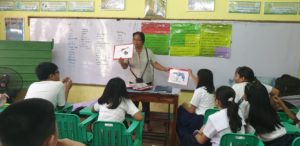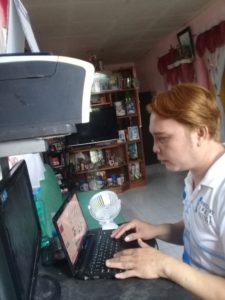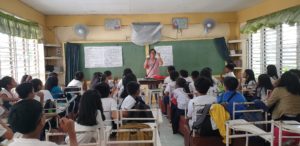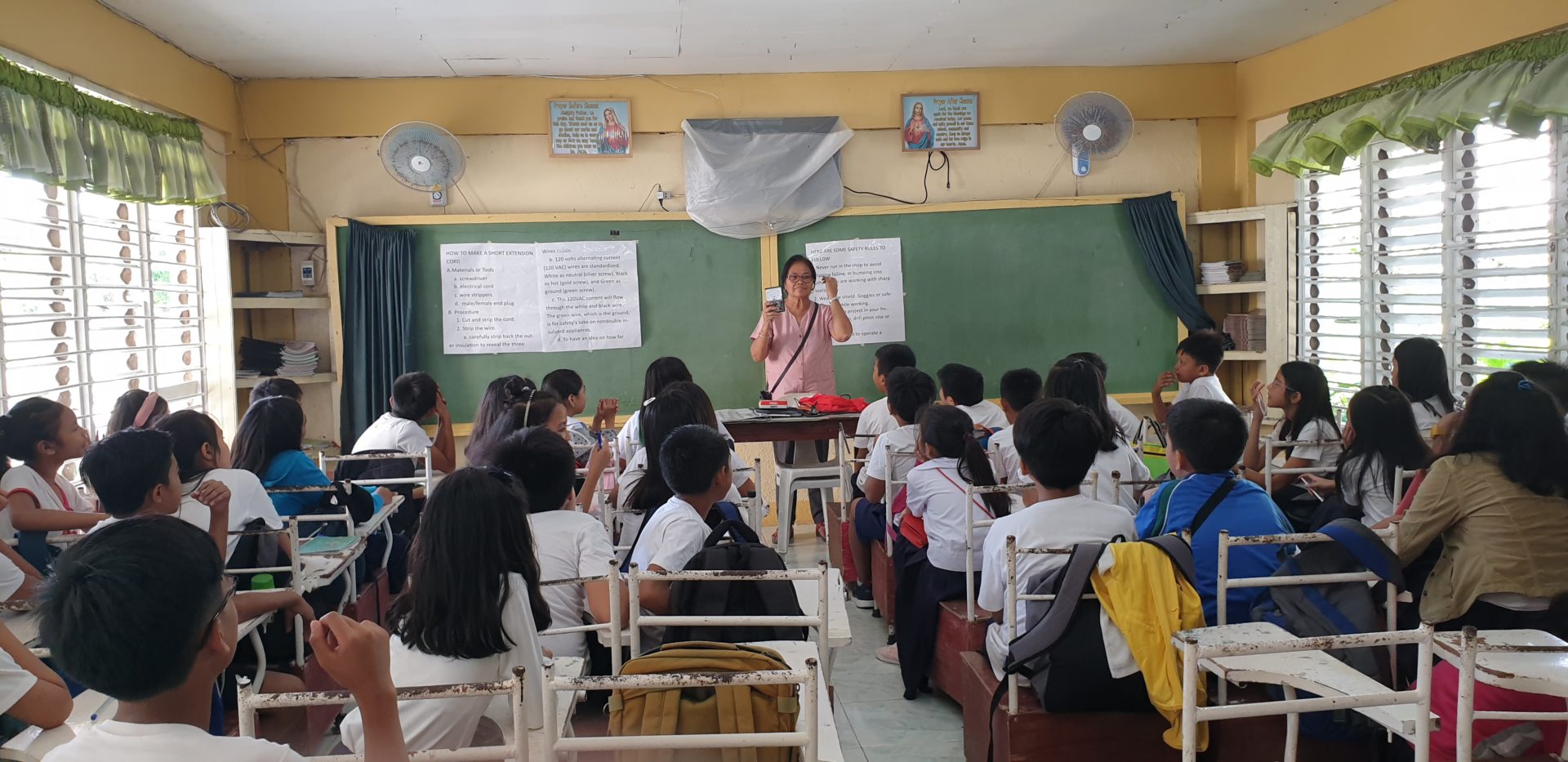The start of the schoolyear in the Philippines is an event that parents and their school-age kids await with plenty of excitement and bits of anxiety. This year, however, with the coronavirus disease (COVID-19) still lurking in our midst, apprehension overshadows anticipation.
Blended/Distance learning was proposed by the Department of Education (DepEd) as an alternative to the traditional face-to-face classes in a physical school. An educational strategy that enables students to attend learning sessions in the safety of their homes, the Blended/Distance learning can be managed through printed modules being delivered to the homes of students or picked up by their parents; online learning resources such as the DepEd Commons; and television or radio-based instruction.

To prepare for the coming schoolyear, Teacher Eric Lasam has been working from home since the first day of June. He is studying a module that contains sample activities such as powerpoint presentation, videos, simulations and other online teaching strategies.
“We are preparing for the modular instruction as well as online classes for the blended learning approach,” said the affable MAPEH (Music, Arts, Physical Education, and Health) teacher.
For the modular approach, teachers will be formulating lessons that contain activities and review questions for students.
The public high school is currently conducting a survey among parents and students on their learning preferences – the choices being online, modular, radio, and tv.
 To prepare for the coming schoolyear, Teacher Eric studies a module that contains online teaching strategies.
To prepare for the coming schoolyear, Teacher Eric studies a module that contains online teaching strategies.
Teacher Eric’s 17 years stint in the noblest profession has acquainted him with the tough lives that most public school students endure which underscore the need to take a flexible approach to learning under COVID conditions. “For example, not all students have their own gadgets nor an internet connection at home, how can they learn properly if we hold our classes online?”
Like other schools in the country, they have adopted the non-face-to-face interaction. Enrollment, he said, is conducted online, but parents have the option of sending their children’s required documents through a drop box located at the school’s guard station. Last March, when the ECQ was ongoing, students graduated through online ceremonies via the school’s Facebook page.
 Teacher Helen with her class before the pandemic.
Teacher Helen with her class before the pandemic.
In elementary school, Teacher Helen Dichoso related that they too are actively preparing for blended/distance learning: “We are devising modules and worksheets for every subject area, while also getting ready for the online strategy.”
She said enrollment is likewise held online but parents have to fill up a form that they return through a designated dropbox.
In the public school where she teaches, parents and their children are also asked to choose in a survey whether they prefer modular, online, radio or tv type of instruction. For Teacher Helen, who teaches Technology and Livelihood Education at Grade 6, the modular approach might be more doable because many students do not have gadgets nor an internet connection in their homes.
To provide a more meaningful learning and teaching experience for dedicated teachers like Helen and Eric and their students amid the challenges of the current crisis, leading telco and digital services provider PLDT and its wireless subsidiary Smart Communications are working with the DepEd to support its blended learning strategy. The two companies are focusing their efforts on improving the digital tools and solutions for the education system in the country.
According to PLDT Chairman and CEO Manuel V Pangilinan, “We are part of the technical working group of the DepEd, working on digitalizing the education ecosystem.”
PLDT has recommended a broad range of digital solutions to the DepEd. These include learning management systems, digital infrastructure and connectivities, wireless and fiber plans, and digital devices for the 1.2 million teachers and 32 million students in the country.
It has also proposed the use of the satellite broadcasting systems of Cignal for use in blended or distance learning.
To complement these technology solutions, Smart has offered to help teachers in using an innovative learning system called the Dynamic Learning Program which can be effectively used in modular, online and on-air learning settings.
“We want to ensure that no student and no teacher – public or private – is left behind,” Pangilinan said.
Together with the DepEd, PLDT-Smart is helping redefine the future of learning for Filipino schoolchildren nationwide. You may watch its latest online video here: https://www.facebook.com/watch/?v=303047017547325
To know more about the efforts of the PLDT Group in beating the COVID-19 pandemic, please visit https://beta.pldt.com/covid19/




